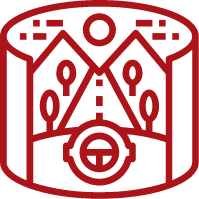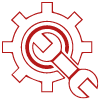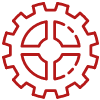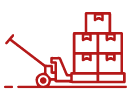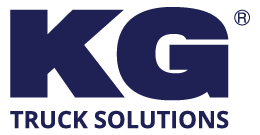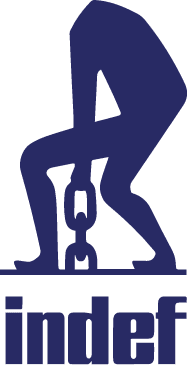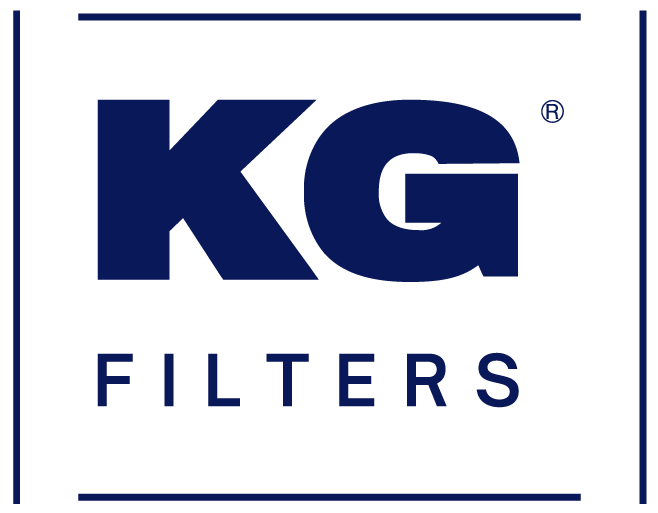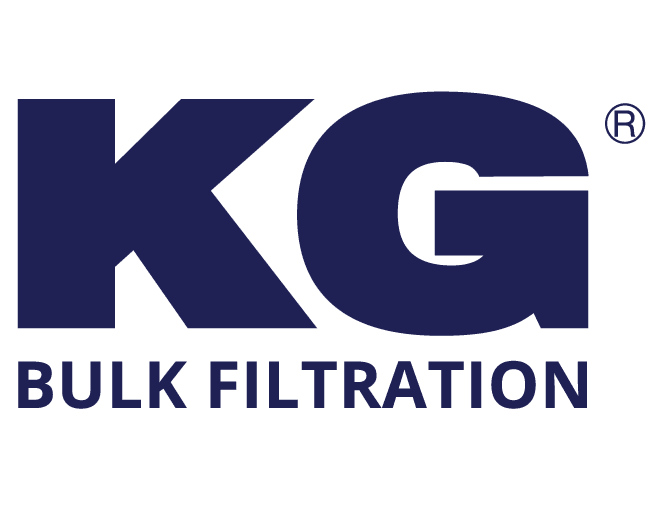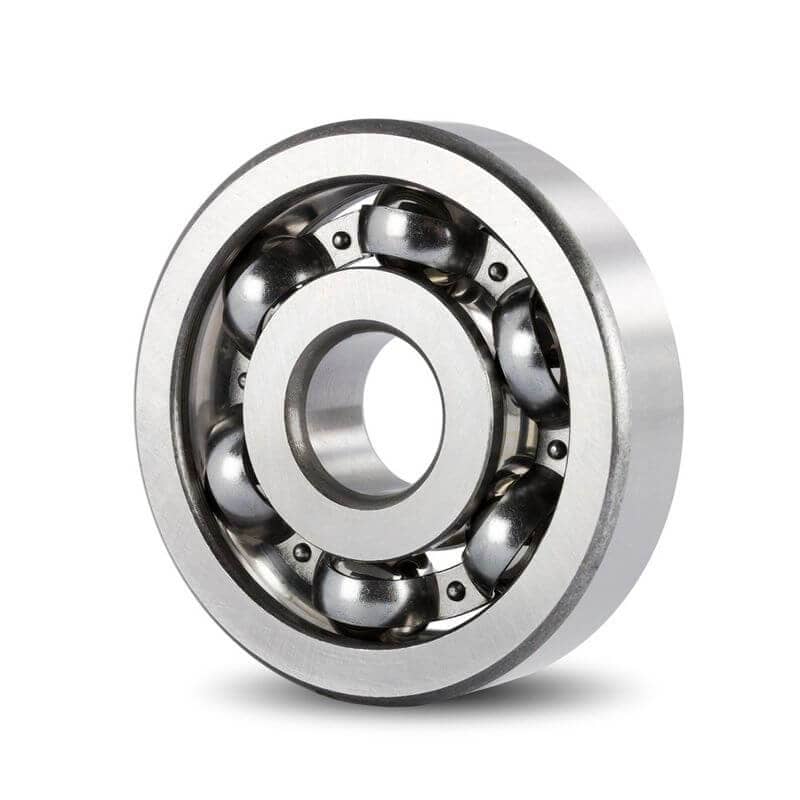As rolling element, ball bearings support rotating shafts by using rolling spheres held between inner and outer raceways. These bearings can broadly be divided into radial bearings, axial bearings, and those that can support axial and radial loads together.
Construction of Ball Bearings
Generally, balls are made of hardened chrome steel, but plastic, ceramic, etc. are also used sometimes. A high-quality bearing is typically made with ground, hardened steel rings, whereas unground, hardened steel rings are used in less-strict applications. The inner ring of deep-groove bearings is positioned concentric with the outer ring and space in between is filled with balls. In order to space out the balls evenly, the retainer, or cage, is riveted in place after the balls are placed in the bearing. In the case of Full Complement Ball Bearings, full capacity of a bearing is achieved by inserting the balls through a filler notch on the rings. After filling the notch is sealed. Thrust Bearings have higher axial load carrying capacity than that of deep-groove varieties. Steel, Brass and other non-metallic materials like Polyamide, Nylon etc. can be used to manufacture cages and retainers.
In addition to bearings with different types of protection, open designs are also available. The edge of the shield is usually left a little clear of the inner race of a shield. Seals are typically formed from flexible materials with a thin lip that contacts the rotating race. Although bearing seals add friction, they are generally better at keeping contaminants out of Rolling Surfaces and retaining grease. The outer race is sometimes made with a groove for snap rings for providing Axial Location in mounting.
The shoulders on the grooves of angular-contact bearings increase thrust capacity by using higher shoulders compared to standard radial bearings. In angular contact bearings, the thrust resistance is increased in one direction only due to assembly limitations. When thrust loads in both directions are expected, they can be deployed back-to-back. Additionally, there are double-row bearings made for this purpose, though they must be oriented correctly at installation because they are filled through slots. Thrust Bearing units can also be manufactured in same way as ball bearings.
Dynamic and static load conditions tend to deflect the shaft and affect its alignment with the bearing. Misalignment tolerance can be increased with self-aligning bearings. In Self Aligning Bearings There are two types of Bearings. In Spherical Plain Bearing inner ring having raceway with spherical shape rotates in Spherical Raceway inside outer ring. In Self aligning bearings Outer ring is having Spherical shaped race way and Inner ring have two Rows of Balls rotating on two groves. Self-aligning Bearings has capacity take some axial load and property to adjust slight misalignment of shaft.
Bearing Preload
When ball bearings such as angular contact bearings are installed and applied some loading before application it is known as bearing preloading. As the name suggests, a preload is intended to provide sustained axial force to the bearing assembly. Various tolerances in manufacturing and assembly processes may play a role in the preload force required for the bearing. When a bearing has too much play or internal clearance, it can induce excessive wear and vibration. By adding a preload, the contact between the different bearing elements (roller, balls, bearing rings, etc.) is permanently maintained. As a result of the reduction in play, the bearing assembly will continue operating properly and its operational life will be prolonged.
Preloads are typically implemented in assemblies with bearings using two different methods. The method of solid preloading involves inserting spacers or shims to absorb the required amount of play that can sometimes be called solid preload. After the spacers have been installed, a retaining nut is tightened in order to hold them in place. In a second method, called spring preload, springs are designed as components called load rings. This method is simpler and easier to implement. By reducing assembly times, eliminating the need to keep and use shims, and simplifying manufacturing processes, load rings reduce costs and improve quality. Load rings have an important axial force characteristic that provides a relatively constant force over a wide range of deflection, making the preloading process easier to implement.
A ball bearing generally works at speeds that are higher than those of a roller bearing. Roller bearings are more resistant to shock and impact loading. Roller bearings can be aligned more easily than ball bearings. The combination of thrust and radial loads can be handled by roller bearings.
Oil or grease may be used to lubricate ball bearings. Thanks to developments in sealing technology, sealed bearings are no longer relubricated over their lifetimes. The failure of a bearing is due to fatigue, which may be prevented by many ways, including using the Bearing with the proper specification, proper installation, correct alignment, preventive maintenance, and adequate lubrication. The type of bearing to be used for a given application is determined based on factors such as the type of Load, space availability for bearing, criticality of the operation and the life cycle of a given application in a machine.
A preventive maintenance program includes routine monitoring of ball bearings. In the case of machines in critical service, bearings may be monitored continuously, while in the case of normally used equipment, they might be monitored periodically. A bearing, while in use, will generate frequencies depending on the geometry of the bearing. By Monitoring Trends of such frequencies, it is possible to forecast bearing operating conditions and possibilities of failure. Using preventive maintenance, repairs can thus be scheduled during ideal time and prevent a machine downtime.


